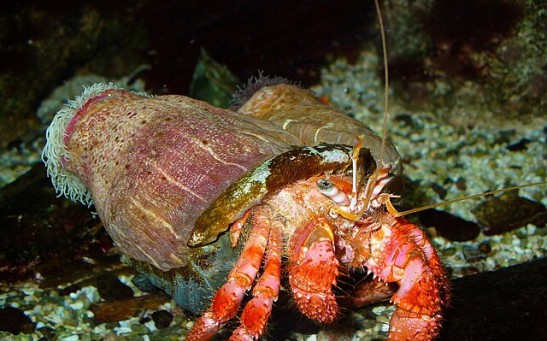plastics
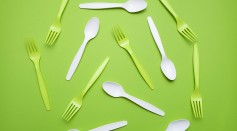
Can Recycling Plastic Cutlery Help the Planet? Here's What To Do To Reduce Takeout Carbon Footprint
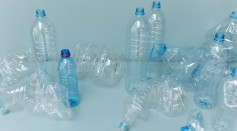
British Firm Develops New Solution For Plastic to Self-Destruct in 2 Years
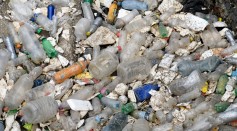
Wax-Worm Saliva May Help Save the Earth; Important Implications for Future Sustainable Plastic Disposal Shown in New Study

New Biodegradable, Printed Circuit Device Developed to Solve the Plastic E-Waste Problem and Mitigate Health, Environmental Hazards
E-Nose Developed to Detect Nanoplastics in the Air
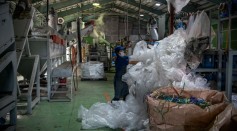
New Innovation Called ‘Upcycling’ Converts Plastics Into Useful Chemical Products

Plastics Can Help Save This Planet, Science Writer Says Humans Are the Problem
Wax Worm Saliva May Break Down Synthetic Material Helping With Plastic Waste Treatment, Recycling
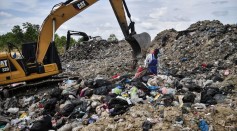
Plastic Pollution Costs the Nation Billions of Dollars; Will a New Recycling Technology Divert Some of the Waste from Landfills?

Are Biodegradable Plastics Better for the Environment? Why It Should Not Be Mixed With the Compost?

How Can Common Plastics Make People Fat? 11 Chemicals in Plastic Products Contribute to Weight Gain

New Quantitative Method Detected More Plastic Particles in Salads Than Previously Thought
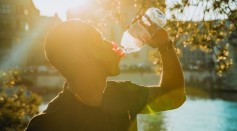
Hypercholesterolemia: Study Reveals Plastics' Potential Risk Factor to Developing High Cholesterol, Cardiovascular Disease
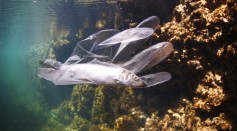
Sunlight Exposure for 100 Hours or Less Melts Plastics, Breaks Them Down Into Smaller Soup of New Chemicals
Most Popular

How Technology Is Changing the Real Estate Industry?

How a Plant-Based Diet Can Protect Against Breast Cancer: Insights from Nutrition Research

Study Reveals High Turnover in Scientific Research Careers: What This Means for Future Scientists

Why It's So Difficult to Lose Weight: The Biological Explanation Behind Obesity

